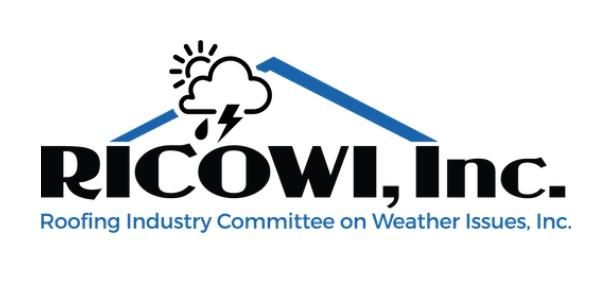Preparing for Roofing Work Site Shutdown

NRCA recognizes job suspensions and work stoppage are likely to increase during the COVID-19 period.
Given that many NRCA members will likely be required to suspend work, NRCA’s Technical Service section has prepared guidance for contractors who find themselves having to suspend jobs in progress.
Please remember communication is a key element of any work stoppage. Communicate with your customer, your insurance company, your legal team, your banker and your employees. The more people know and are aware of the potential problems that can arise during an extended work stoppage, the less likely serious problems will result.
The following are NRCA’s suggested guidelines for dealing with in-process projects where a short- or long-term work stoppage is necessary.
-
Coordination: Coordinate work stoppage procedures with other job-site entities. Building owners and developers, general contractors, and construction managers and prime contractors may have specific work stoppage guidelines or requirements.
-
Document project conditions: Document project conditions, both work already completed and work remaining to be competed, as thoroughly as possible. Document roof termination and tie-off conditions. Use of cell phone video and photographs is suggested. Measure and document the areas of work already completed and work still to be complete.
-
Inventory project-specific materials and equipment: Inventory and document all materials, equipment and tools on-site at the time of the work stoppage notification. Provide the building owner’s representative or general contractor/construction manager with a written copy of the inventory of materials and equipment remaining onsite. Also, inventory and document all project-specific materials stored off-site. Consider immediately invoicing for any stored materials – this may help shift liability for the stored materials to the building owner or general contractor/construction manager.
-
Materials and equipment storage: When possible, consider removing rooftop-stored materials, equipment and tools. Long-term indoor storage of materials, equipment and tools is preferred whether that be at the project site, at the contractor’s yard or at a remote storage site. If indoor storage is not possible, weather-sensitive materials, equipment and tools should be covered with tarps – breathable canvas tarps are generally preferred – tied down and secured for long-term storage. Rooftop access and any ground storage should be secured from passersby. Document time and any equipment usage necessary for storing and securing materials, equipment and tools.
-
Tie-offs: Completion of roofing work up to a defined boundary (wall, parapet, expansion joint) is preferred. If possible, membrane flashing should be installed. If completion of work to defined boundaries and installation of flashings is not possible, inspect existing tie-offs and, if necessary, install new tie-offs intended for long-term exposure. In new construction projects, tie-offs adhered to the roof deck are suggested. In reroofing projects, use of an adhered, double tie-off is suggested (meaning a tie-off down to the roof deck and an additional tie-off to the adjacent existing roof system or edge condition). Tie-off materials and configurations are roof system- and project- specific. The roof system manufacturer can be consulted for recommendations specific to its roof covering products. The following are some NRCA suggested guidelines:
- Tie-offs should be positioned to not impede roof surface drainage
- Tie-offs should be raised to shed water
- Tie-offs should be bonded or adhered to substrates
- Tie-offs should be lapped onto and adhered to any adjacent horizonal surface a minimum of 12 inches.
-
Job-site cleaning: Loose debris, materials and packaging should be removed from the rooftop to minimize the potential blockage of drains or flying off the roof. Ground areas should also be cleared of loose debris, materials and packaging. Debris containers and any dumpsters specific to roofing work should be covered and, preferably, removed from job sites. Coordinate dumpster removal with the specific waste hauler.
-
Check-in before leaving: Before leaving a job site, the roofing project foreman, superintendent or project manager should check-in with the building owner’s representative or general contractor/construction manager. Ideally this would include a walking inspection of the rooftop and ground areas to ensure some level of agreement on project conditions. Document this check-in and any inspection and any directions given. Also, consider discussing a predetermined schedule for job-site inspections with the building owner’s representative or general contractor/construction manager to monitor job site and rooftop conditions and the condition of any tie-offs.
In addition to these guidelines, you should review any contract agreements applicable to the shutdown work for any specific requirements.
NRCA also recommends contacting your company’s insurance carrier and attorney for their specific guidance and recommendations relating to emergency worksite shutdown.
If you have any question, are in need of additional guidance or would like to share your experiences, please contact NRCA’s Technical Services Section at (847) 299-9070 or via email at NRCATechnical@nrca.net. NRCA remains available and is willing to assist you.
Learn more about NRCA in their RCS directory.
Original article source: NRCA






















Comments
Leave a Reply
Have an account? Login to leave a comment!
Sign In